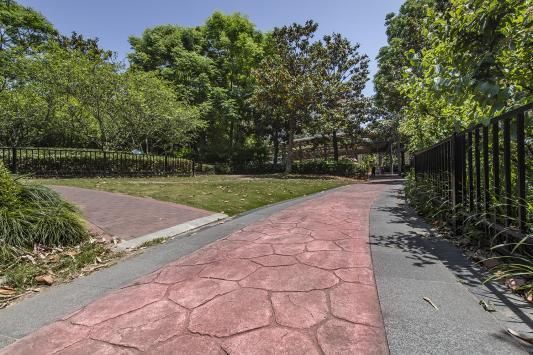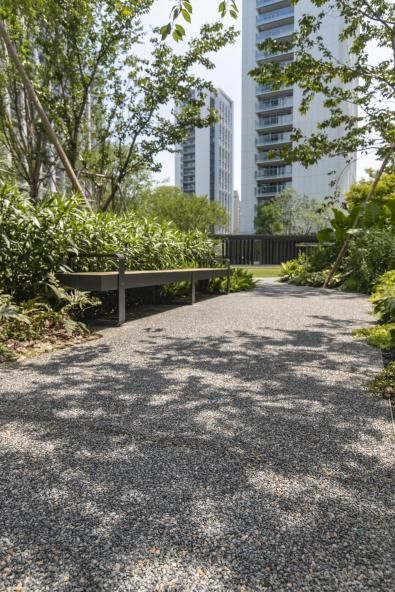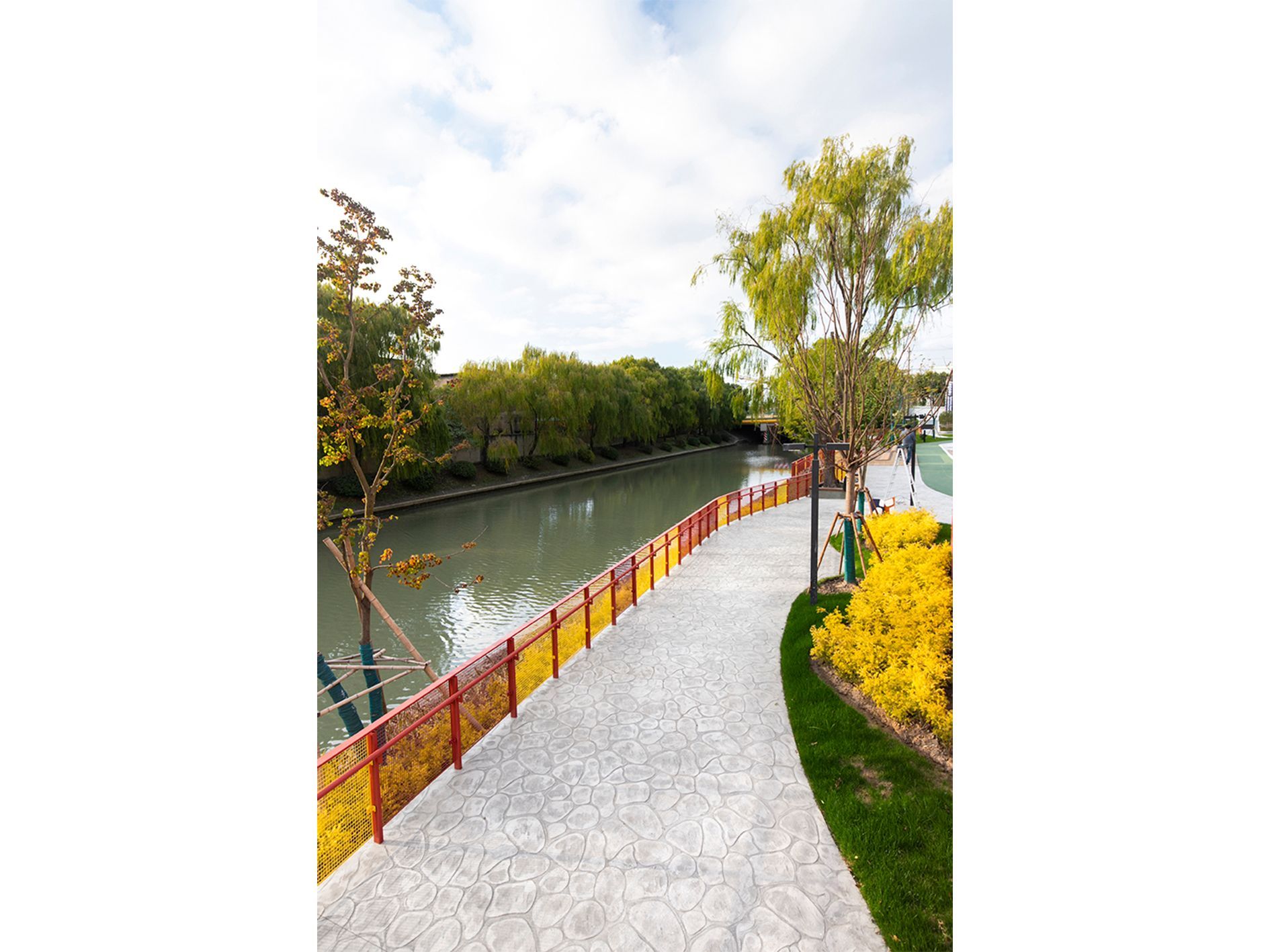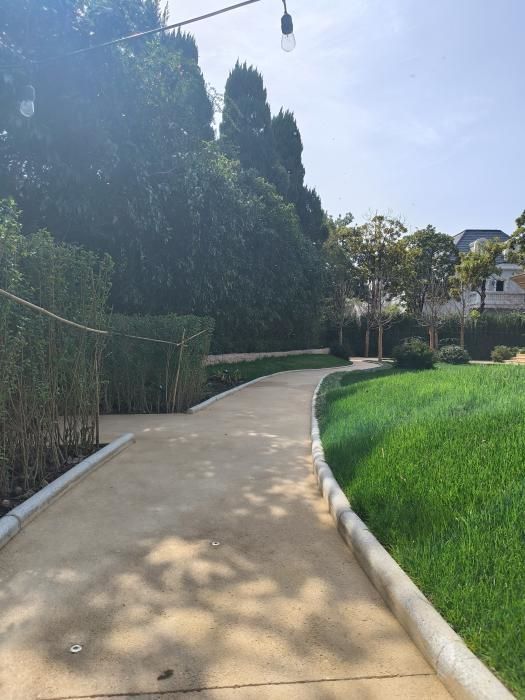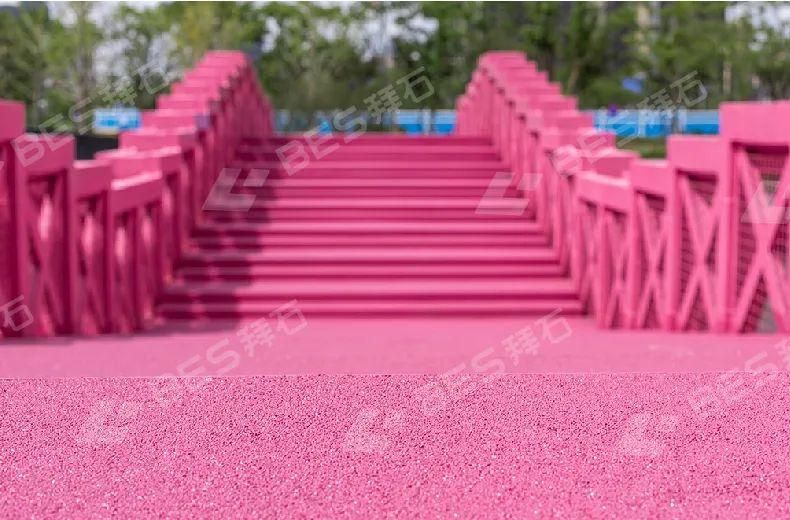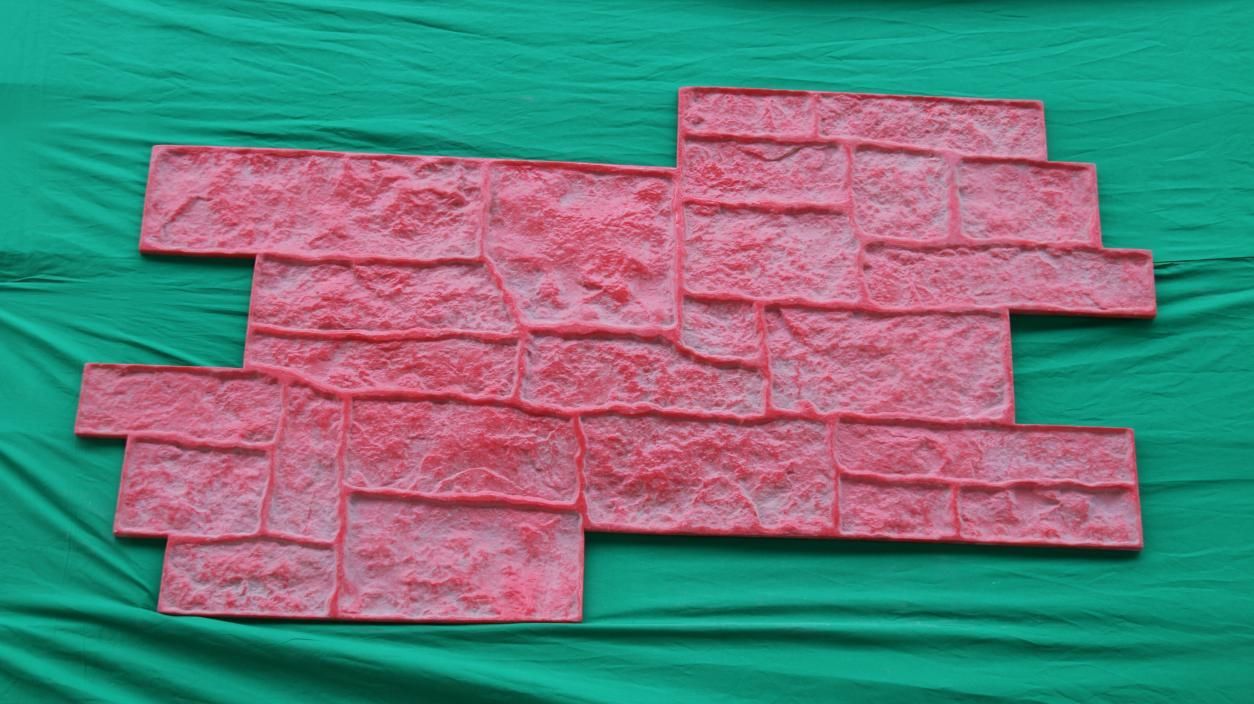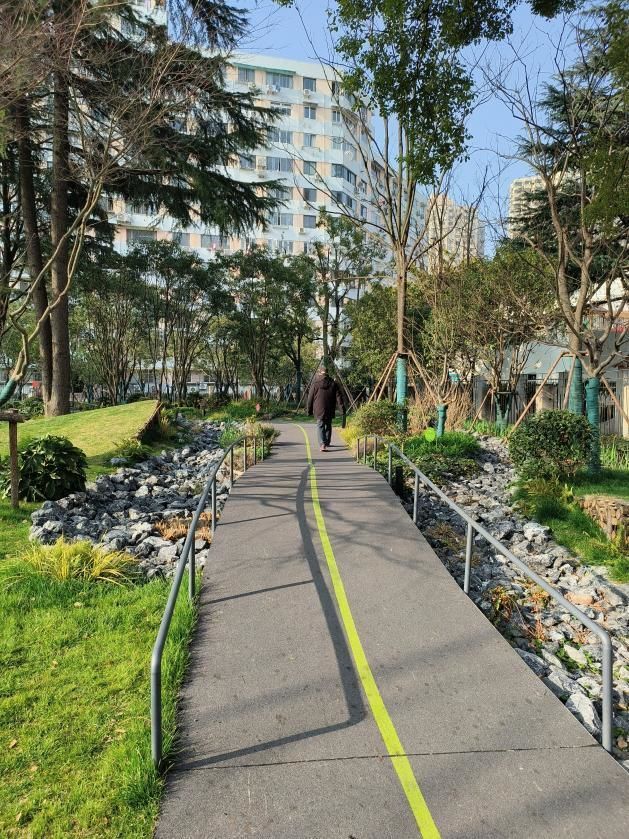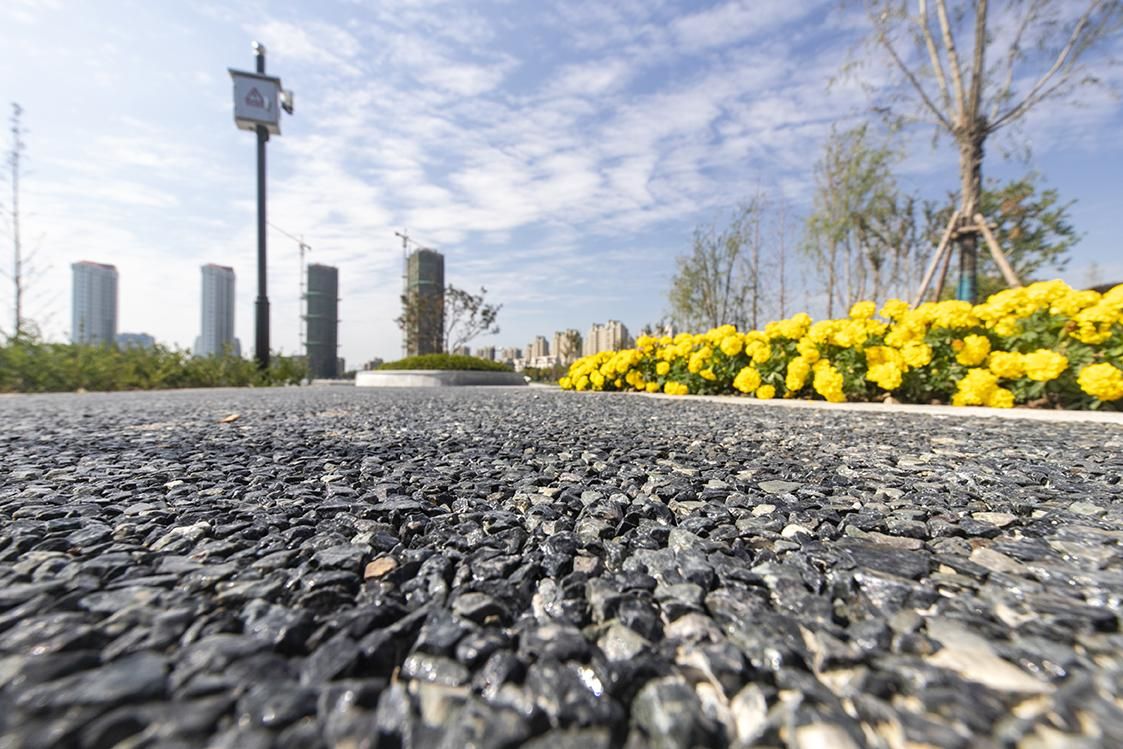The Past and Present of Stamped Concrete
Stamped concrete, also known as imprinted or textured concrete, has a rich history that spans from ancient times to modern construction practices. Originally developed as a cost-effective alternative to traditional materials, standard stamped concrete has evolved into a versatile and popular choice for a wide range of architectural and decorative applications.
Historical Roots:
The roots of stamped concrete can be traced back to ancient civilizations, where artisans used primitive tools to imprint patterns and textures onto wet concrete surfaces. These early techniques were often employed to mimic the appearance of more expensive building materials such as stone, brick, or tile. Examples of stamped concrete can be found in ancient Roman architecture, where it was used to create intricate floor patterns and decorative elements.
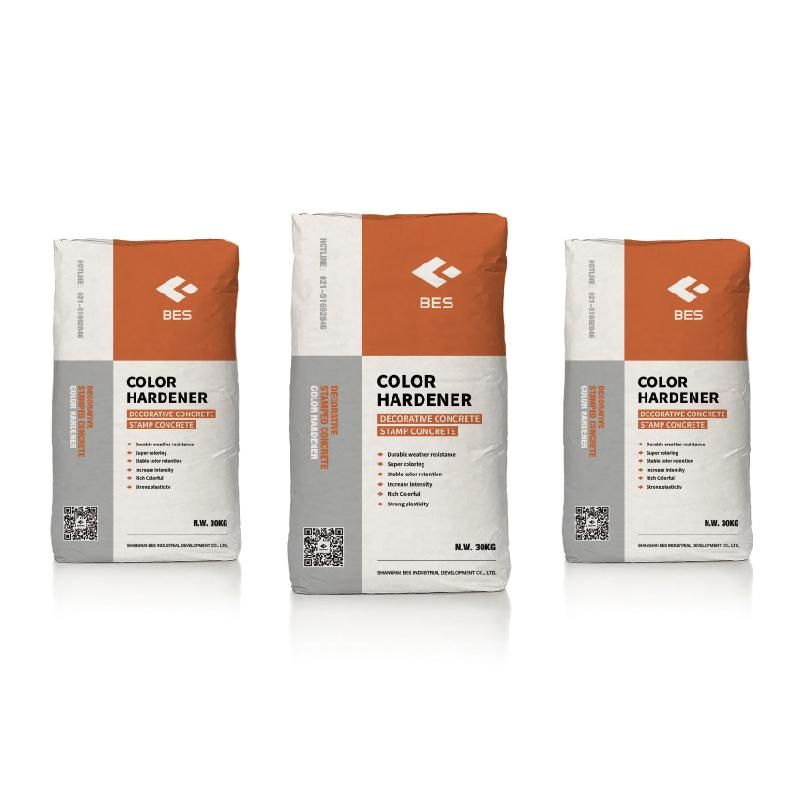

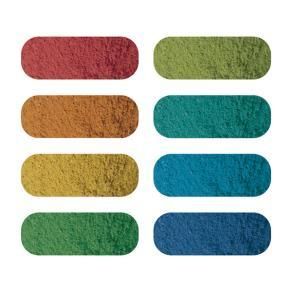
Development and Innovation: The modern era saw significant advancements in the techniques and technology used to create stamped concrete. In the early 20th century, the introduction of rubber stamps revolutionized the process, allowing for more intricate designs and patterns to be replicated with greater accuracy and efficiency. Innovations in concrete mixtures and coloring agents further expanded the aesthetic possibilities of stamped concrete, enabling architects and designers to achieve virtually any desired look or style.
Versatile Applications:
Today, stamped concrete is widely used in both residential and commercial construction projects for its versatility, durability, and cost-effectiveness. It can be found in a variety of applications, including driveways, sidewalks, patios, pool decks, and interior flooring. The ability to customize stamped concrete with an endless array of patterns, textures, and colors makes it a popular choice for enhancing the aesthetic appeal of any space.
Advantages and Benefits:
Stamped concrete offers numerous advantages over traditional materials, including lower installation and maintenance costs, faster construction times, and greater design flexibility. Its durable surface is resistant to wear, fading, and staining, making it ideal for high-traffic areas and outdoor environments. Additionally, stamped concrete is an environmentally friendly option, as it can be made from sustainable materials and requires minimal upkeep over its lifespan.
Future Outlook:
As sustainability and eco-consciousness continue to shape the construction industry, stamped concrete is poised to remain a prominent choice for architects, designers, and homeowners alike. With ongoing advancements in materials science and construction techniques, the possibilities for stamped concrete are virtually limitless. Whether used to recreate the timeless elegance of ancient mosaics or to achieve contemporary architectural designs, stamped concrete will continue to leave its mark on the built environment for generations to come. If you have specific questions or more specific needs about colorful concrete, you can consult us.https://www.besdecorative.com/



